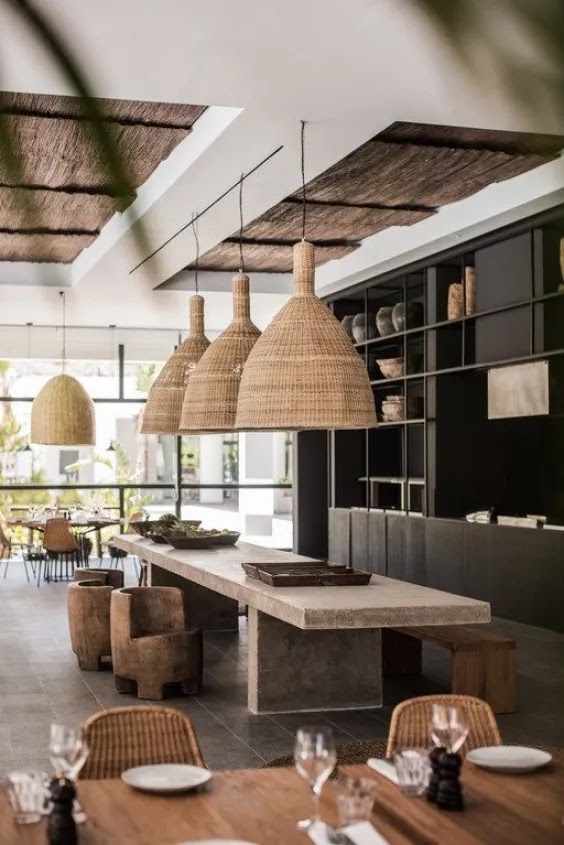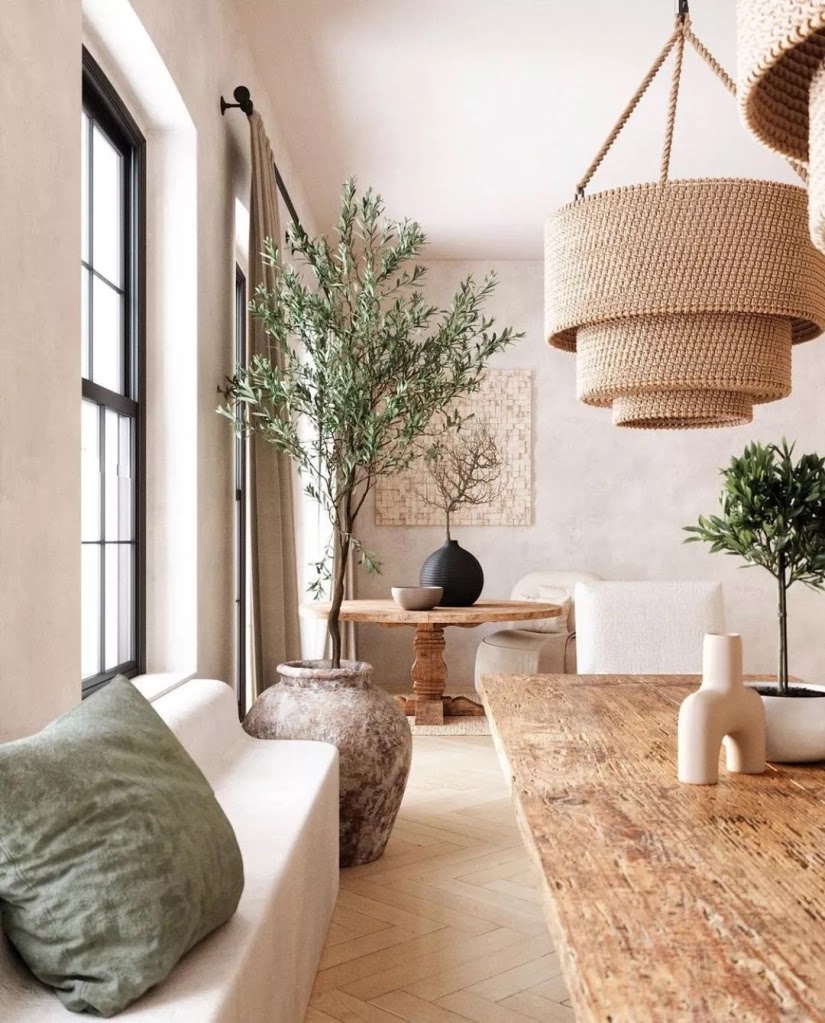Decorative styles: Wabi Sabi
Similar to the Zen style, the Wabi-sabi (侘寂) is an aesthetic from Japan closely linked to its oriental philosophy of life. Its meaning is "the beauty of imperfection" and is based on appreciating the elements in their natural state, including the traces left by the passage of time.
By Y. Sevillano
The first notions of Wabi-sabi as a philosophy date back to the 16th century when a Zen monk named Murata Shuko decided to start using locally made utensils for the tea ceremony, rebelling against the trend of using luxurious utensils made in China. Over time, the custom and aesthetics spread to many other areas of Japanese culture, and traditional crafts were valued as art, even above objects brought from abroad.
Wabi-sabi is a lifestyle, in which nature, simplicity and the acceptance that nothing is perfect or permanent are valued; intrinsic concepts in Buddhism, Taoism and Zen. The idea of leading a simple life, without great pretensions but that knows how to appreciate the authentic. "Nothing lasts, nothing is complete and nothing is perfect."
From the point of view of architecture, decoration and design, there is a use of natural, rustic materials, without any kind of refinement and that often show the traces of the of time. Simple but elegant lines, following the minimalist trend where each object has its function and the purity of the space is sought; but with the warmth of nature.
BASIC KEYS TO ACHIEVE THE STYLE
MINIMALISM
Minimalism focuses on the essential and functional, giving prominence to each object: simple lines, without ostentation and pure colors, generally neutral.
NATURAL MATERIALS
Although in the authentic minimalist trend there is a feeling of coldness, in the case of Wabi-sabi it is endowed with warmth by the naturalness of the materials used. Whichever comes from nature and preserves its original state to a greater extent is appropriate.
IKEBANA
The flower arrangements at Wabi-sabi stand out for their simplicity and proximity to Ikebana; the Japanese floral art that focuses on showing respect and harmony to nature. For this you can use branches, leaves, fruits, flowers or seeds.
NOTHING IS PERFECT
In this style refinement is not sought, on the contrary, an acceptance of imperfection invites the use of objects where the passage of time becomes evident, the use or its irregularities, such as the roughness of unpolished wood, the stone eroded by the weather, or the rusticity of some fabrics and fibers.
WARMTH
Unlike pure minimalism, Wabi-sabi conveys warmth. This is achieved through earthy and neutral colors together with textures in their most rustic states, such as linen, wool, rattan and also materials as stone and clay.

By Y. Sevillano
Founder of the Tharo Design brand. Y. Sevillano studied architecture at university and is dedicated to interior design and the world of home decor.

Let us help you
We offer you a variety of online and presential interior design services. Home renovations, consulting, decoration, interior design, landscaping, property finder, home staging and personal shopper.
We work with contractors, real estate agents and other industry professionals and brands around the world. Find the most suitable service for you by clicking below.












Comments
Post a Comment